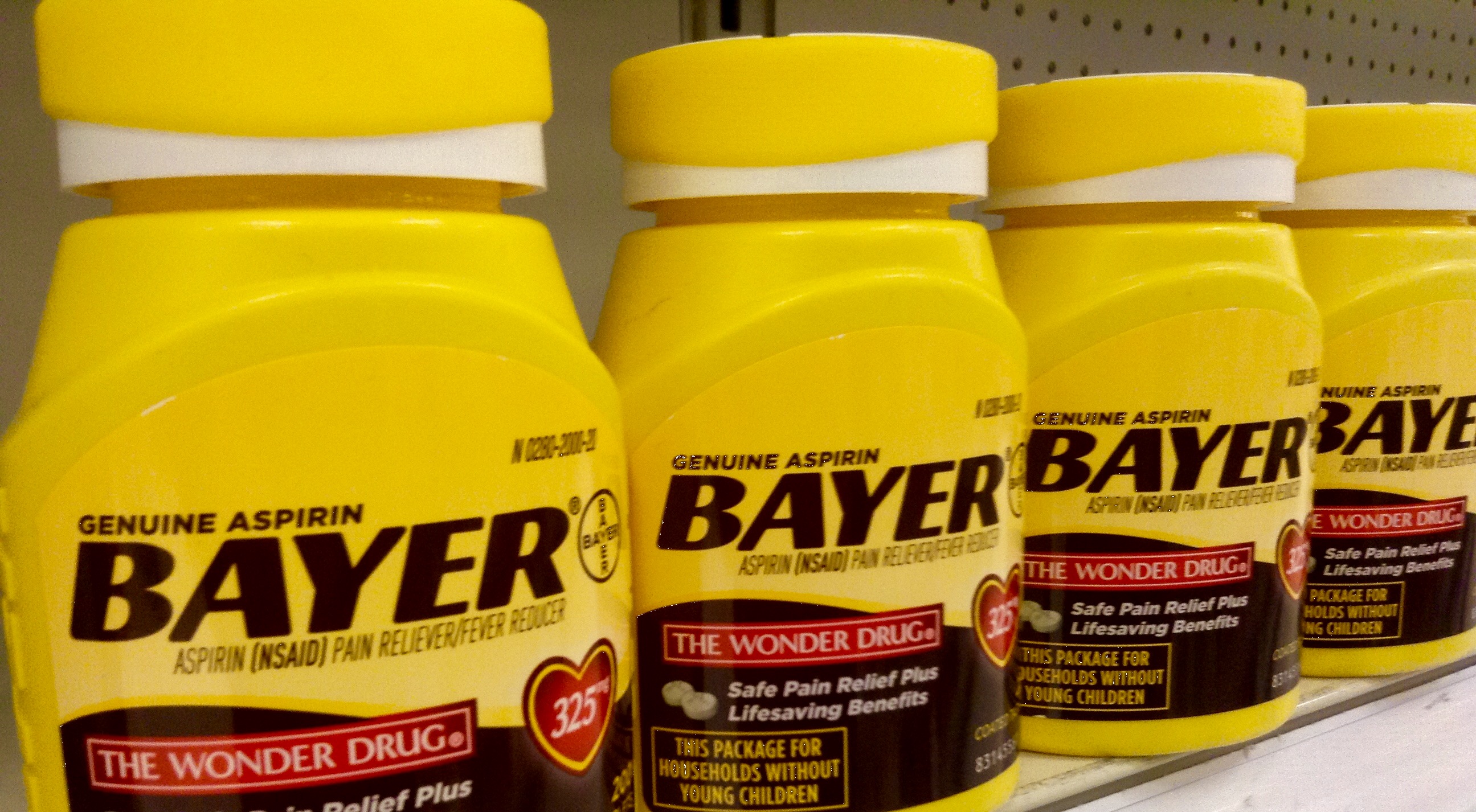Aspirin is a fever reducer, pain moderator, blood thinner, and zit zapper. The earliest form of the drug was first synthesized by French scientist Frédéric Gerhardt in 1853. After many years of experimentation and trials, Bayer, a pharmaceutical company, was the first to offer aspirin to the market. Now, it is an easily accessible over-the-counter drug that has become a remedy for a multitude of illnesses. Aside from the many uses it currently has, recent research has explored the potential role this painkiller may have in combating neurodegenerative disease.
In many types of neurodegenerative disorders, an enzyme (a protein that speeds up chemical reactions) called GADPH negatively interacts with other proteins and molecules associated with Parkinson’s and Alzheimer’s. When GADPH enters a cell’s nucleus, it damages the cell and can even cause cell death. Neurodegenerative disease occurs when brain cells are damaged beyond repair.
A new study shows that a chemical compound, salicylic acid, can bind to GADPH and block its movement into the cell’s nucleus, therefore preventing cell death. Why is this relevant? This discovery is important for two reasons:
- Salicylic acid is the main compound found in aspirin, so it’s relatively easy to come by.
- Blocking the entry of GADPH into the cell’s nucleus, and therefore stopping the destruction of neural cells, is a huge step towards preventing the damage caused by neurodegenerative diseases like Alzheimer’s.
Although the research done on the binding effects of salicylic acid to GADPH is still in its initial stages, these findings set the stage for the progress of future research in the treatment of neurodegenerative diseases. If we can successfully manipulate salicylic acid, we can improve the effectiveness of current drug treatments for diseases like Parkinson’s. By bringing the drug directly to the GADPH, we hope to hit the root of the problem with these awful neurodegenerative illnesses.
Feature Image Source: Mike Mozart










